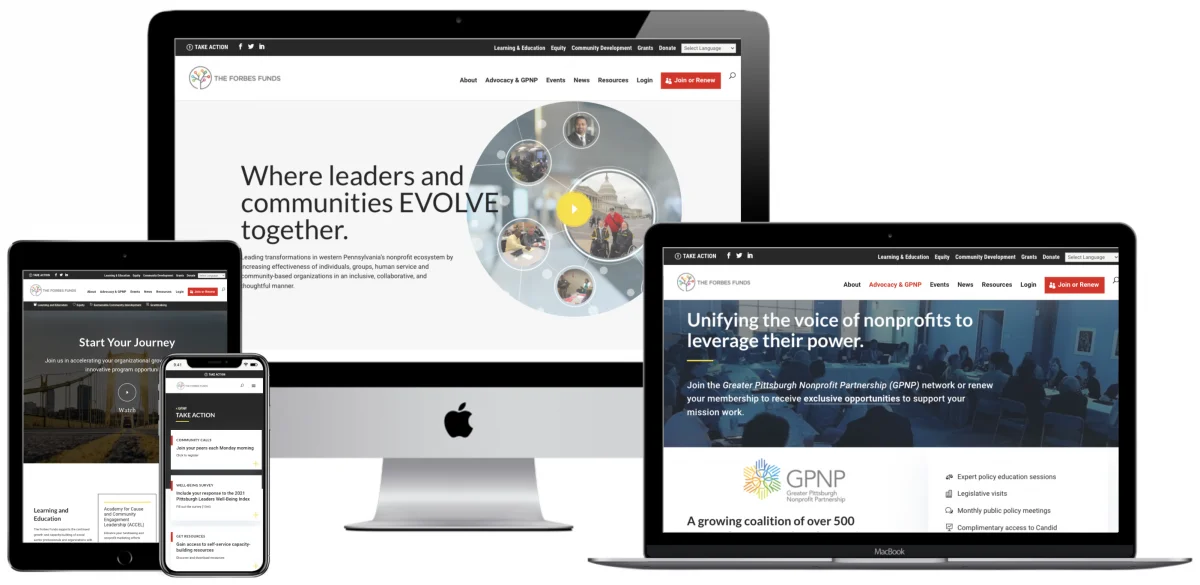Integrated marketing campaigns (IMCs) are about creating a consistent and cohesive marketing message across various channels to reach your target audience effectively. Combining different marketing techniques, such as social media, email marketing, advertising, and content marketing, you can ensure potential customers hear your brand message in multiple ways. This article will discuss the benefits of an integrated marketing campaign and provide tips on executing one successfully.
Benefits of an Integrated Marketing Campaign
- Consistent and Effective Messaging
With an IMC, all aspects of your marketing plan are aligned and working together towards the same goal. This ensures that your message is consistent and effective across all channels. By presenting a unified message, you can increase the chances of your target audience remembering your brand and taking action.
- Cost-Effective Strategy
IMCs can be a cost-effective marketing strategy, as you can develop multi-use materials such as videos, imagery, copy, and more that can be passed from one medium to the other. This ensures consistency and saves you from having to hire designers for a plethora of jobs. Additionally, united messages are more effective at increasing return on investment than a myriad of disparate commercials or advertisements.
- Builds a Strong Relationship with Customers
Integrated marketing campaigns build rapport with your customers and improve your reputation. These campaigns get customers talking about you in casual conversation, similar to the way one might mention running into an old friend or seeing a new movie that just came out. Conversations like these get your consumers talking about the human elements of advertising campaigns. The way they felt and the things they thought—all of these reactions are helping you grow closer to your consumer.
- Boosts Brand Awareness
Integrated marketing campaigns are everywhere. Customers are exposed to your brand message on multiple channels, such as social media, email, and advertising, increasing brand awareness. Consistent advertisements help build familiarity with the product, making them more likely to purchase it at a later date.
Risks of Integrated Marketing Campaigns
- Reluctance within Management Teams
One of the biggest challenges of IMCs is that professionals often don’t want to relinquish their authority or share the budget that exists for their team. Before choosing to do an integrated marketing campaign, examine the structure of your teams, and consider the objectives that may arise from other departments and how you will overcome them.
- Restriction of Ideas
When you set out to do an integrated marketing campaign, all other ideas are on hold for some time. Any ideas your creative team has in the interim will have to remain on the back burner. When choosing to execute an IMC, consider the attention and time that must be devoted to this one project.
How to Execute an Integrated Marketing Campaign
- Alignment
The most important aspect of an IMC is that all aspects are aligned. The various channels or mediums used should all deliver a cohesive message. Team members should be clear on the goals and overall messaging so that every effort works to strengthen the others.
- Clear Leadership
An integrated marketing campaign often requires teamwork from different teams or departments. Your group should decide early in the process who is the ultimate authority for the campaign. This reduces the chances of discrepancies later on. It also gives you a person to turn to when things go wrong, such as going over budget or disagreements about the overall message.
- Goals
Determining your goals before beginning an IMC could be the difference between success and failure. You should never begin a campaign without understanding what you expect to gain from it. Do you want more engagements? Are you looking to increase your overall annual recurring revenue?
- Clear Workflow
An integrated marketing campaign has many moving parts. It’s essential to establish a clear and defined workflow from the beginning. This ensures no steps are left out, nothing gets lost in the shuffle, and all deadlines are met.
Especially with teams working together that may never have collaborated before, every contributor must know where to send their work after they’ve done their part.
- Consistent Branding
A consistent branding strategy is the backbone of a successful IMC. Your brand message, voice, and image must be uniform across all marketing channels. Make sure that all aspects of your marketing campaign align with your brand’s values and mission.
Consistent branding not only helps you maintain a professional and cohesive image, but it also makes it easier for customers to recognize and connect with your brand.
- Data Analysis
Data analysis is critical in any marketing campaign, especially in an integrated marketing campaign involving multiple channels. Regularly track and analyze data to determine which channels are performing well and which ones need improvement.
Use this data to make informed decisions about your marketing strategy and adjust your tactics as necessary. By monitoring your data, you can ensure you get the most out of your campaign.
- Flexibility
Flexibility is key in any marketing campaign, but it’s essential in an IMC. As you collect data and analyze results, be open to adjusting your campaign.
Flexibility lets you pivot quickly if something isn’t working or capitalize on a new opportunity. Stay nimble and be ready to adjust your strategy as needed.
Example Scenario: Integrated Marketing Campaign for a Nonprofit Workforce Development Training Provider in Philadelphia
To illustrate how an IMC works in practice, let’s consider an example scenario of a nonprofit workforce development training provider in Philadelphia.
The organization’s mission is to provide job training and placement services to underserved communities in the city. They have a limited budget for marketing and want to increase their visibility and attract more donors and volunteers.
Here’s how they could execute an integrated marketing campaign:
- Define their audience: They would identify their target audience, which includes potential donors, volunteers, and individuals looking for job training and placement services.
- Develop a clear message: They would create a clear and compelling message that communicates their mission and the impact of their services.
- Utilize multiple channels: They would use various channels to deliver their message, including social media, email marketing, community events, and partnerships with local businesses and organizations.
- Establish a clear workflow: They would establish a clear workflow for each marketing channel, ensuring that all steps are taken, and deadlines are met.
- Consistent branding: They would ensure that all marketing materials, including their website, social media profiles, and event materials, are consistent with their brand message and image.
- Data analysis: They regularly analyze data to determine which marketing channels are performing well and adjust their tactics accordingly.
- Flexibility: They would remain flexible and be ready to pivot if a marketing channel is not performing as expected or a new opportunity arises.
By executing an integrated marketing campaign, this nonprofit organization could increase its visibility and attract more donors and volunteers, ultimately helping them achieve its mission of providing job training and placement services to underserved communities in Philadelphia.
Effective Integrated Marketing Campaigns Can Elevate Your Brand and Drive Results
An integrated marketing campaign can help your business or organization reach and engage your target audience more effectively. By setting clear objectives, identifying key messaging, considering your target audience, choosing the proper channels, creating a cohesive message, and measuring and evaluating your results, you can create a successful integrated marketing campaign that delivers real results.

Ali Jaffar has been building dazzling websites and creating amazing online experiences for over a decade. His mastery of the latest innovations in web development results in world-class website experiences set apart by show-stopping style and seamless functionality. A sought-after consultant and 50-time award-winning storyteller, UX expert, and web developer — Ali lends his talents to build and bolster digital experiences for a wide array of clients — with a keen focus on web design for nonprofit organizations, B2B, and government agencies. When Ali’s not helping his clients grow, you can find him cooking, exploring new places with his dog, or experimenting with AI & new gadgets.
Connect with Ali on LinkedIn to continue the conversation.

